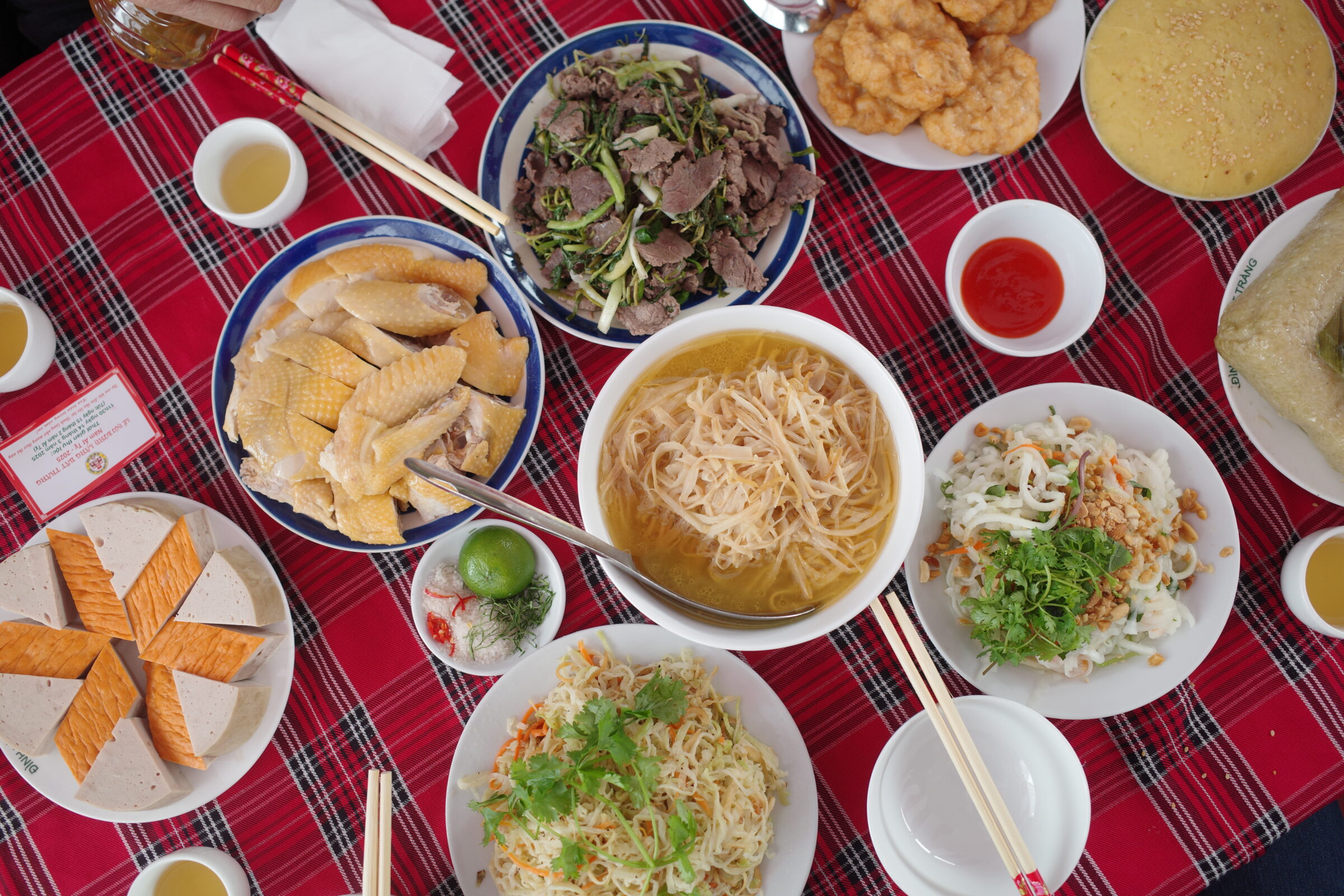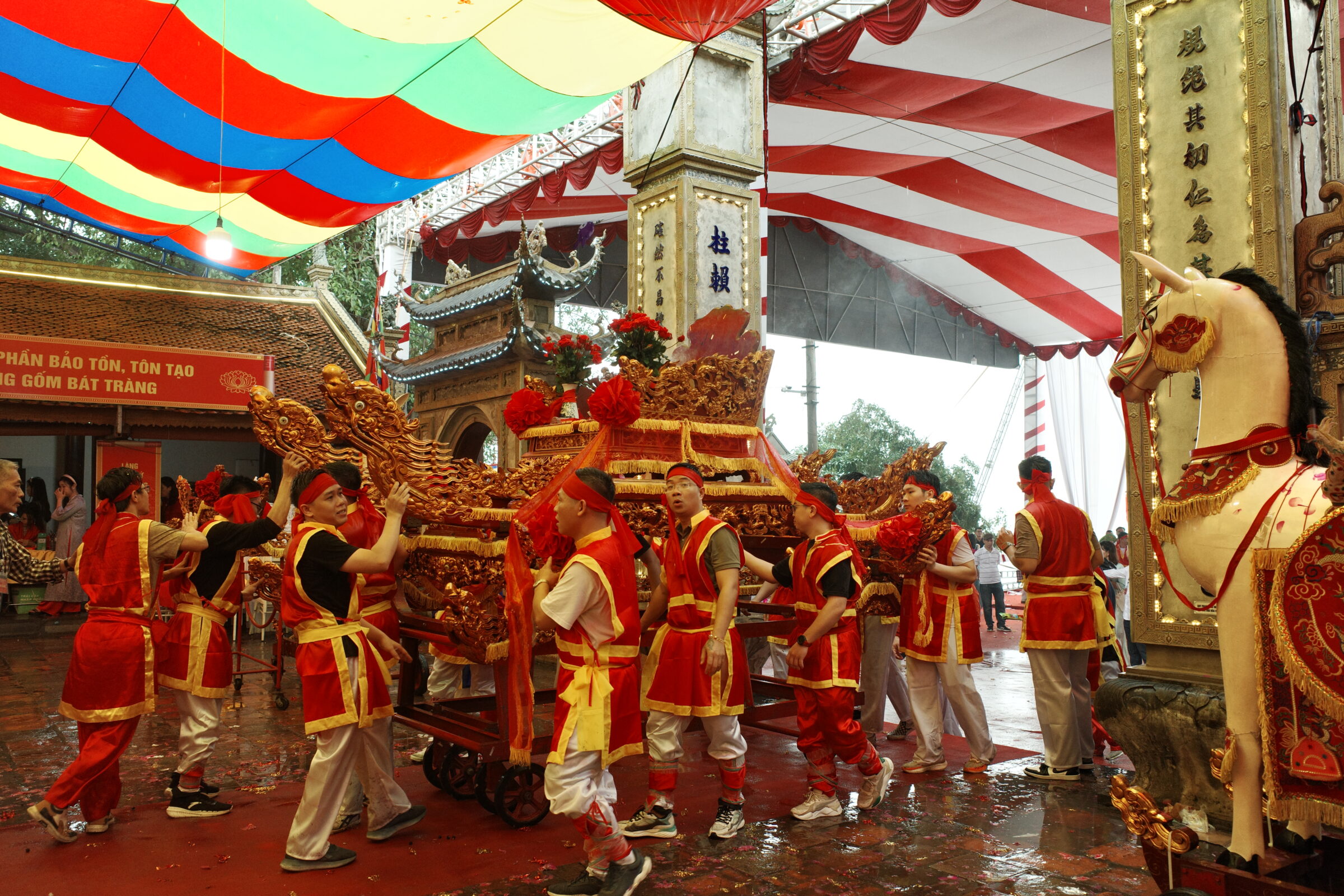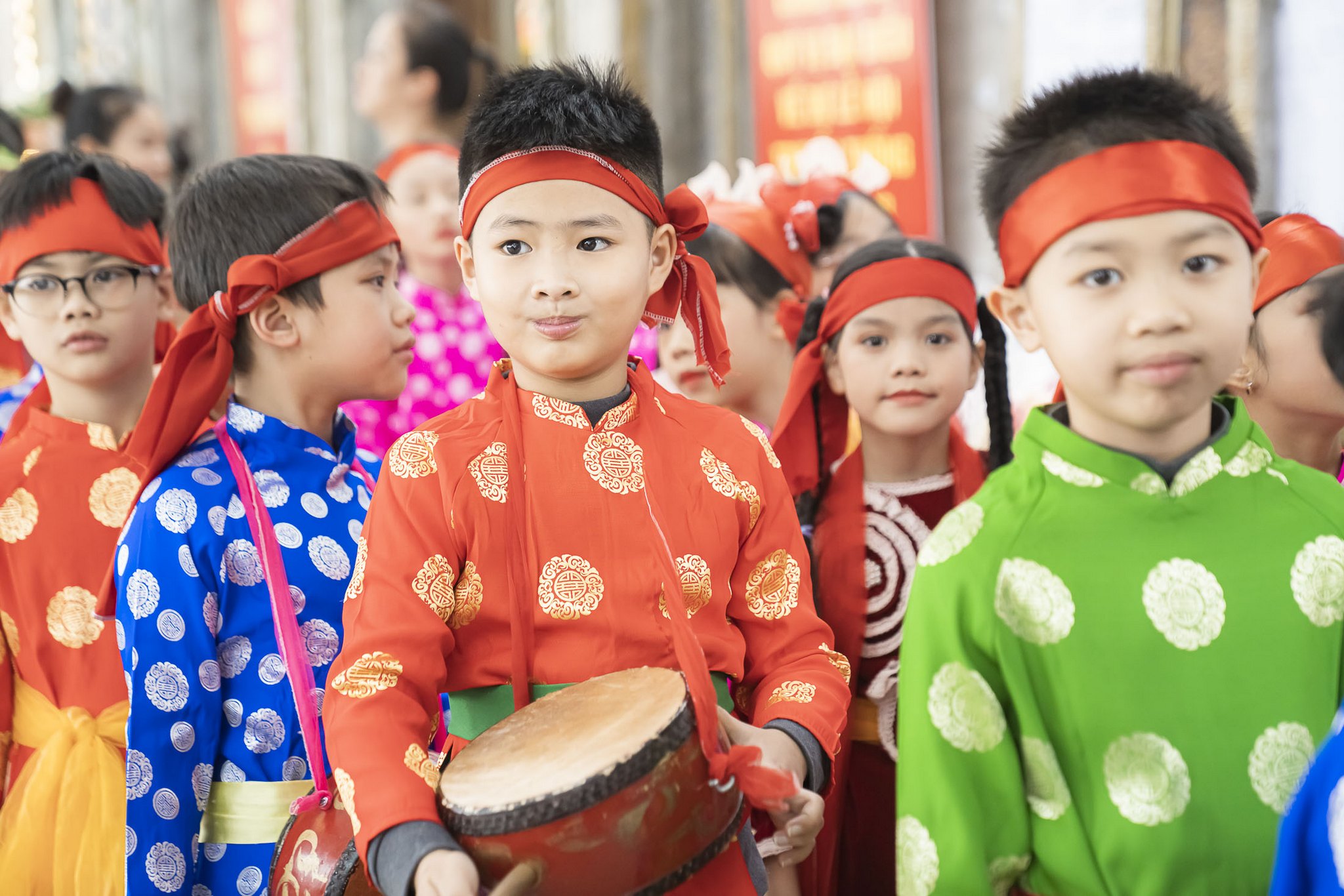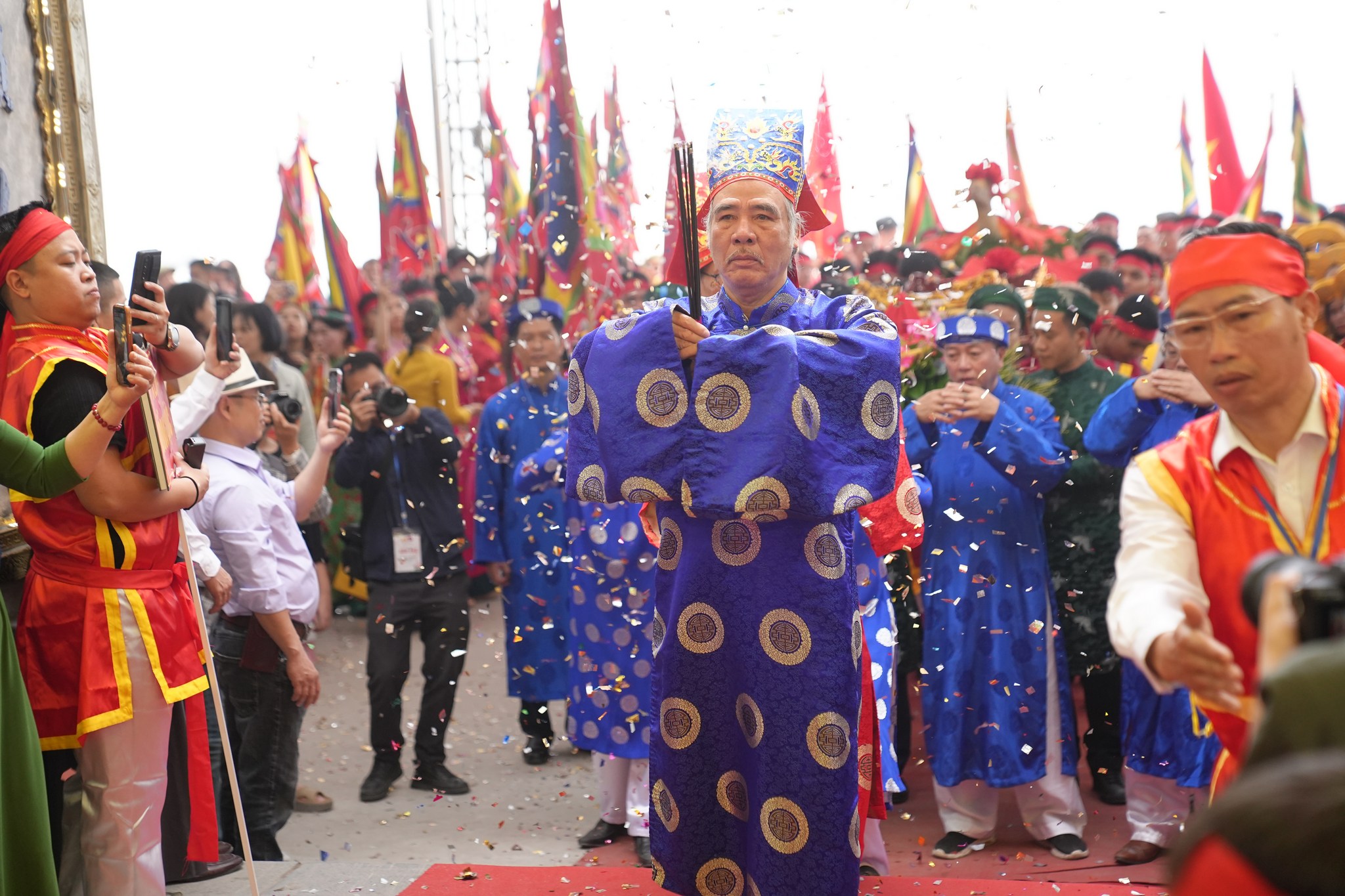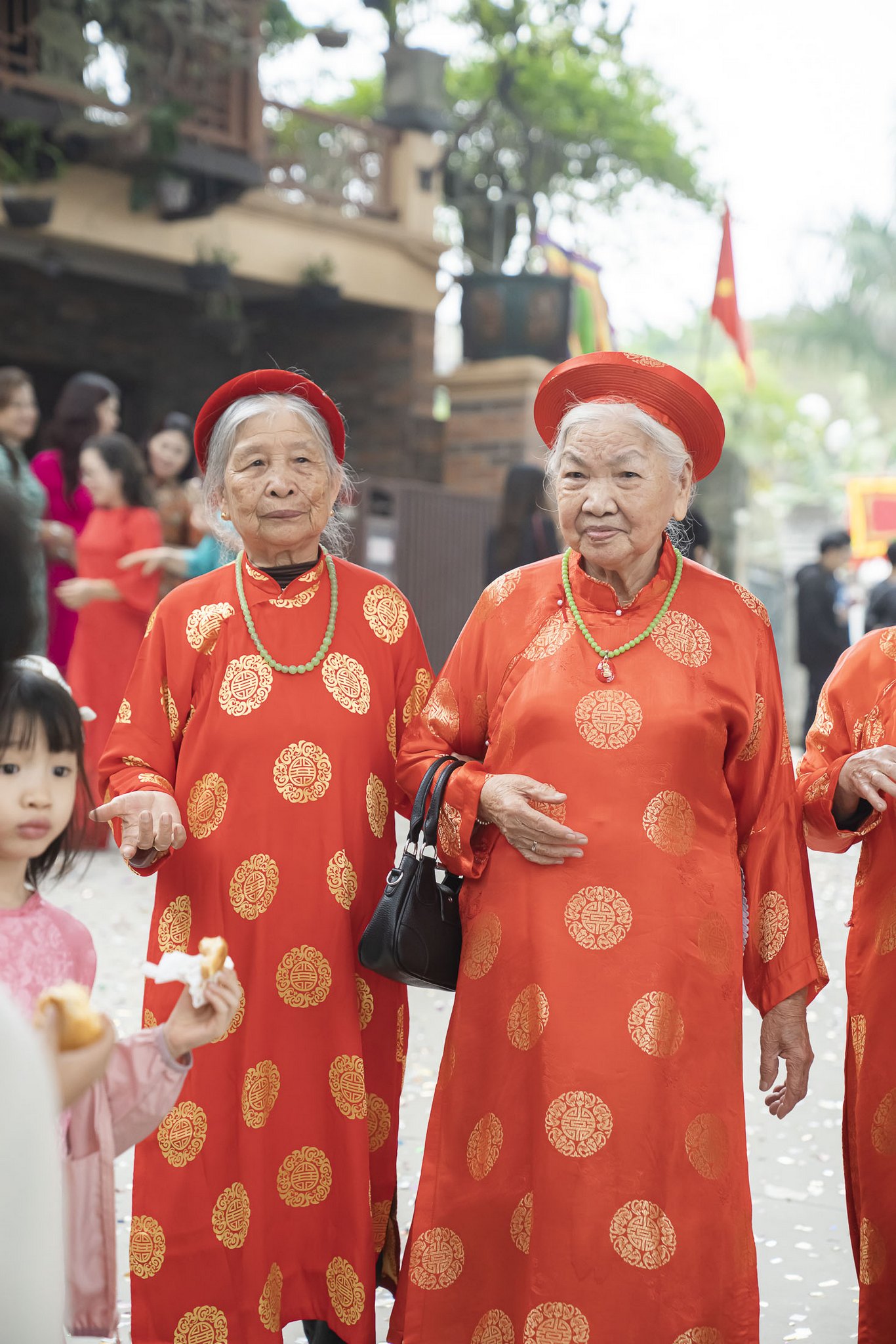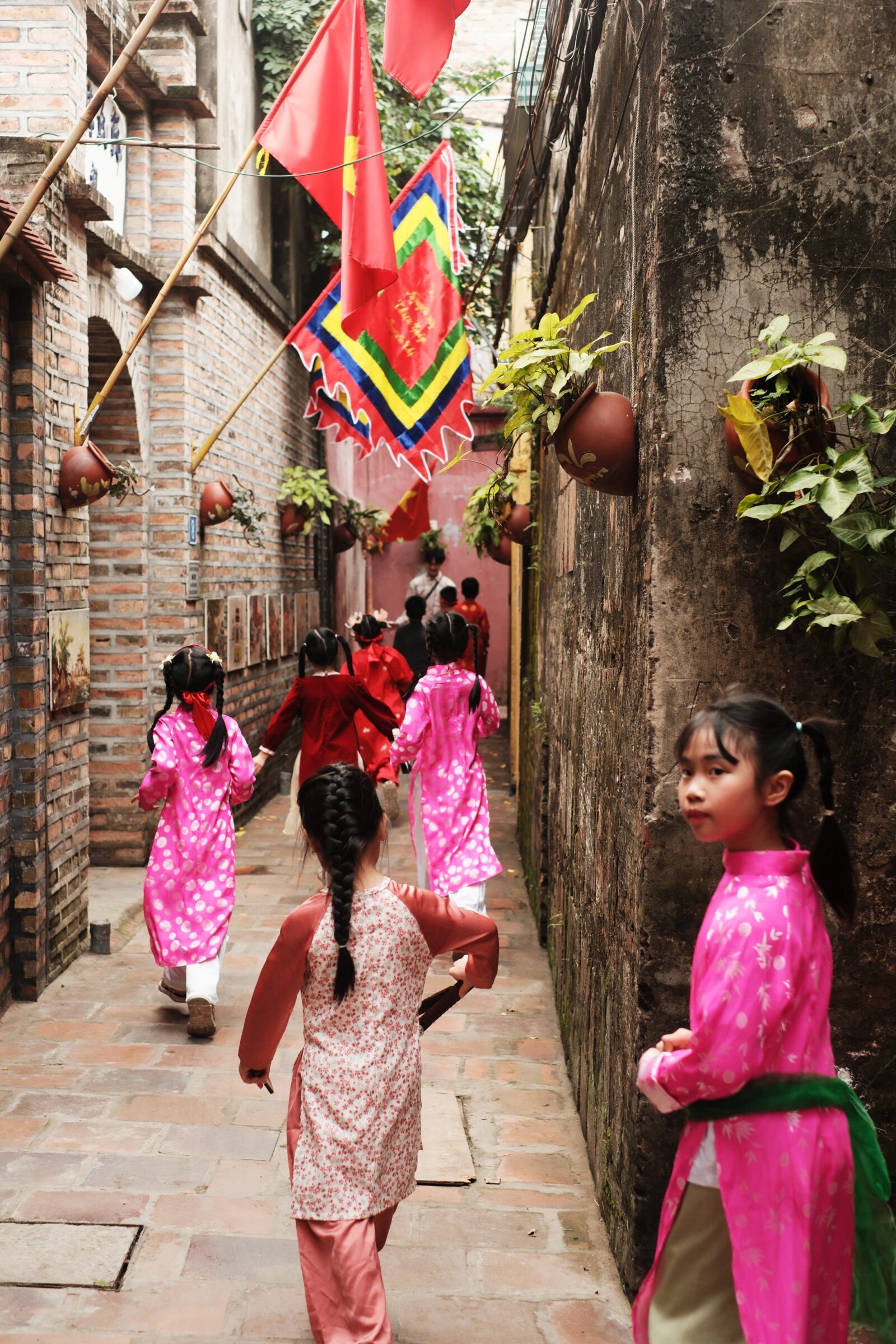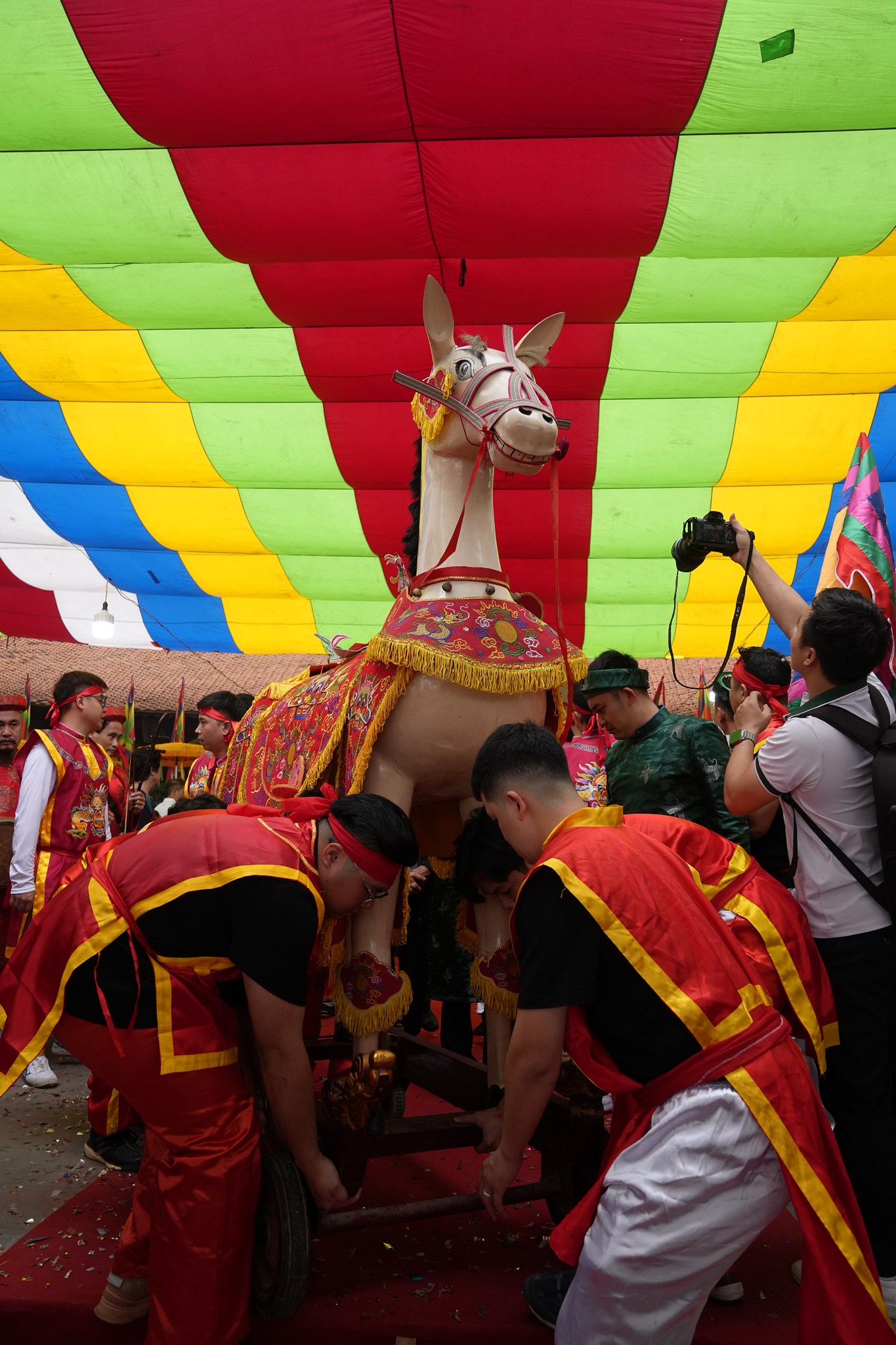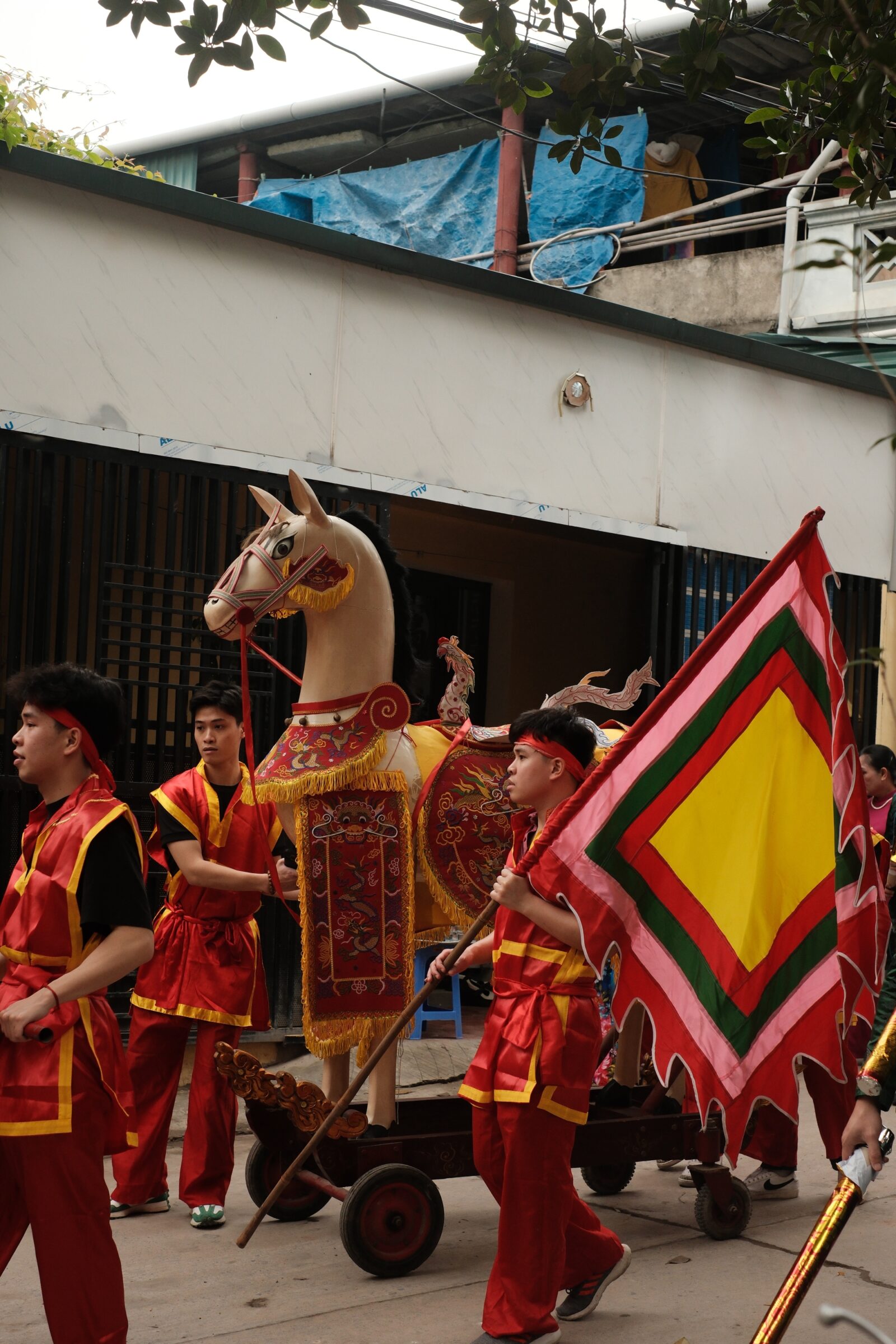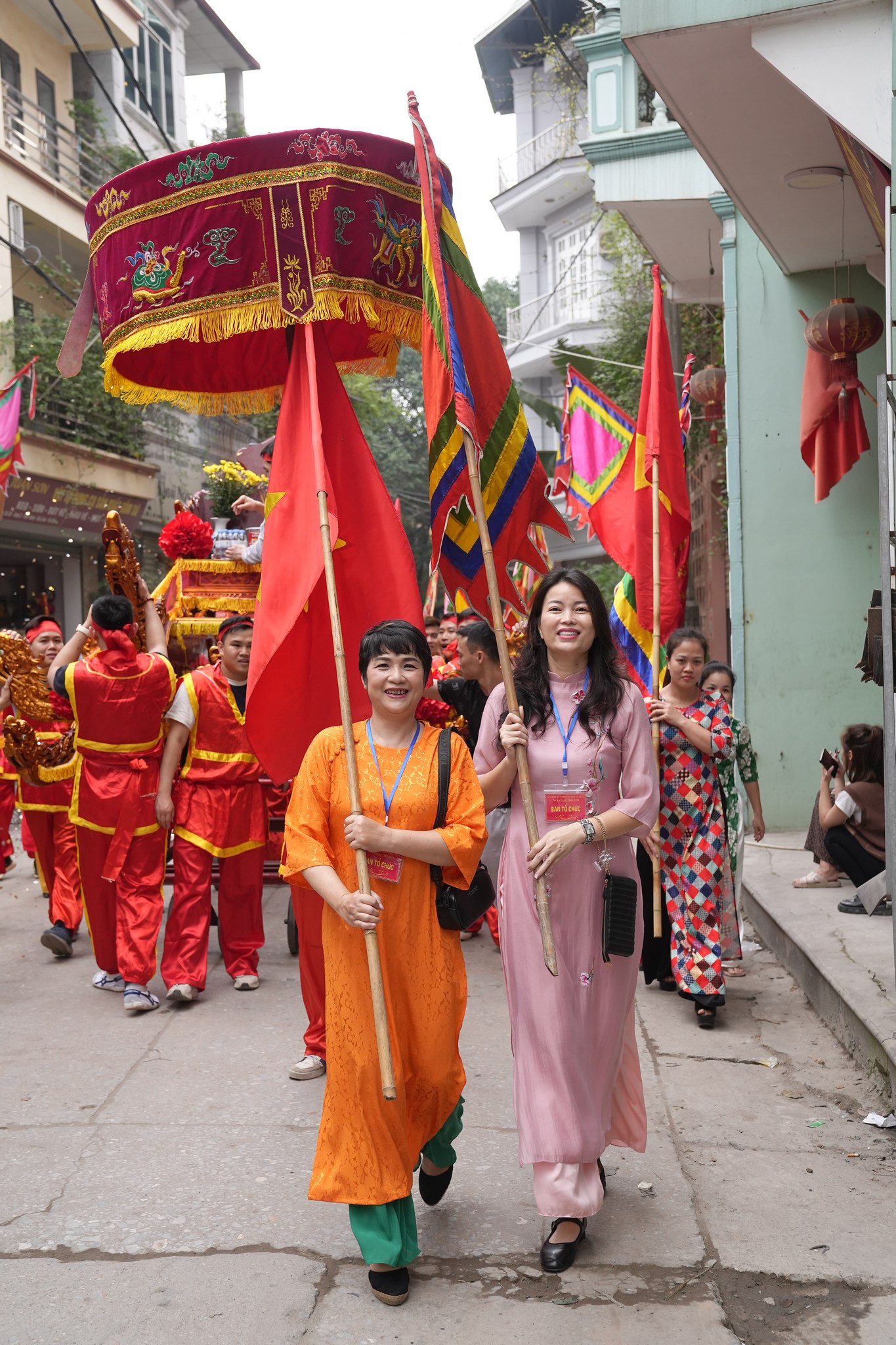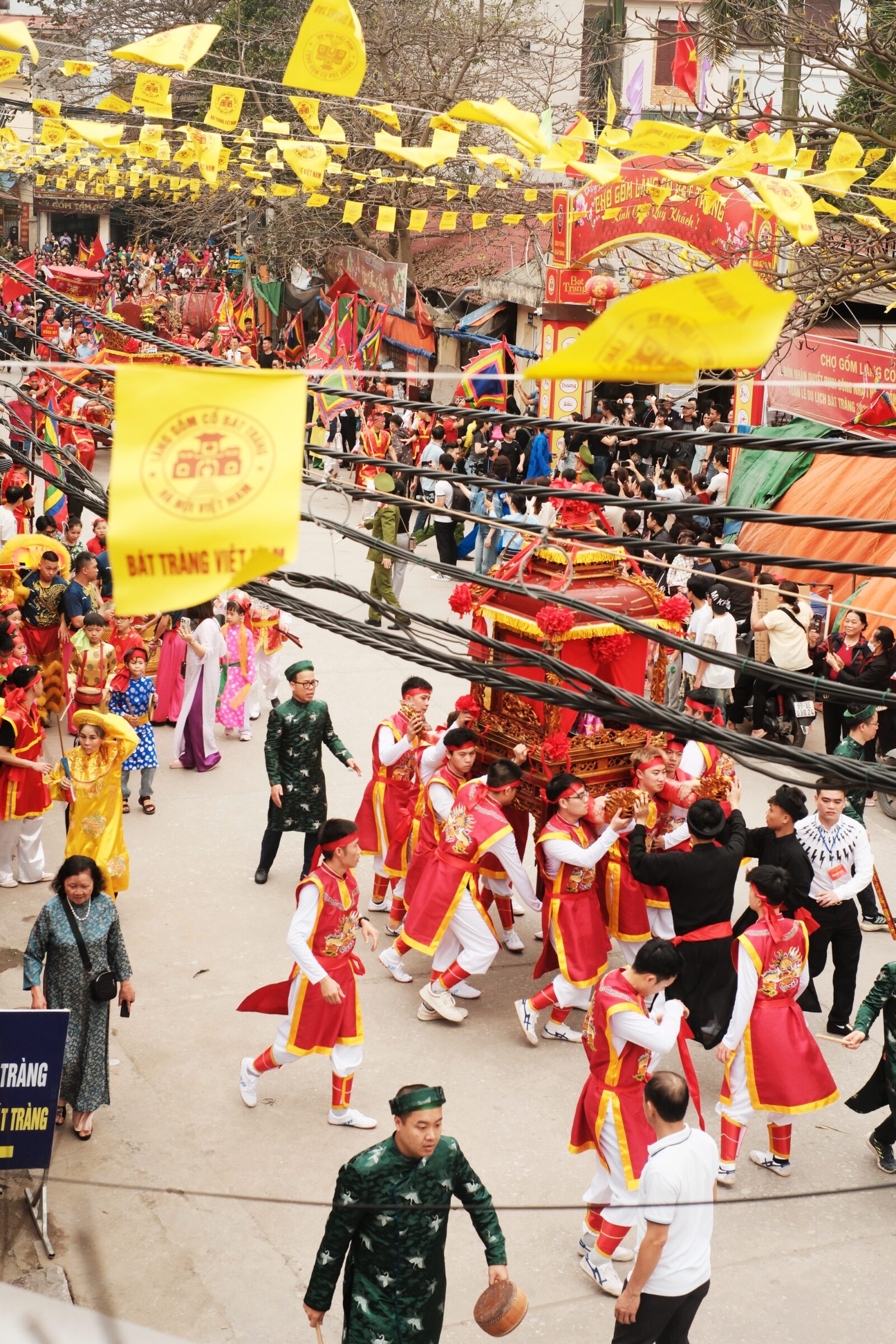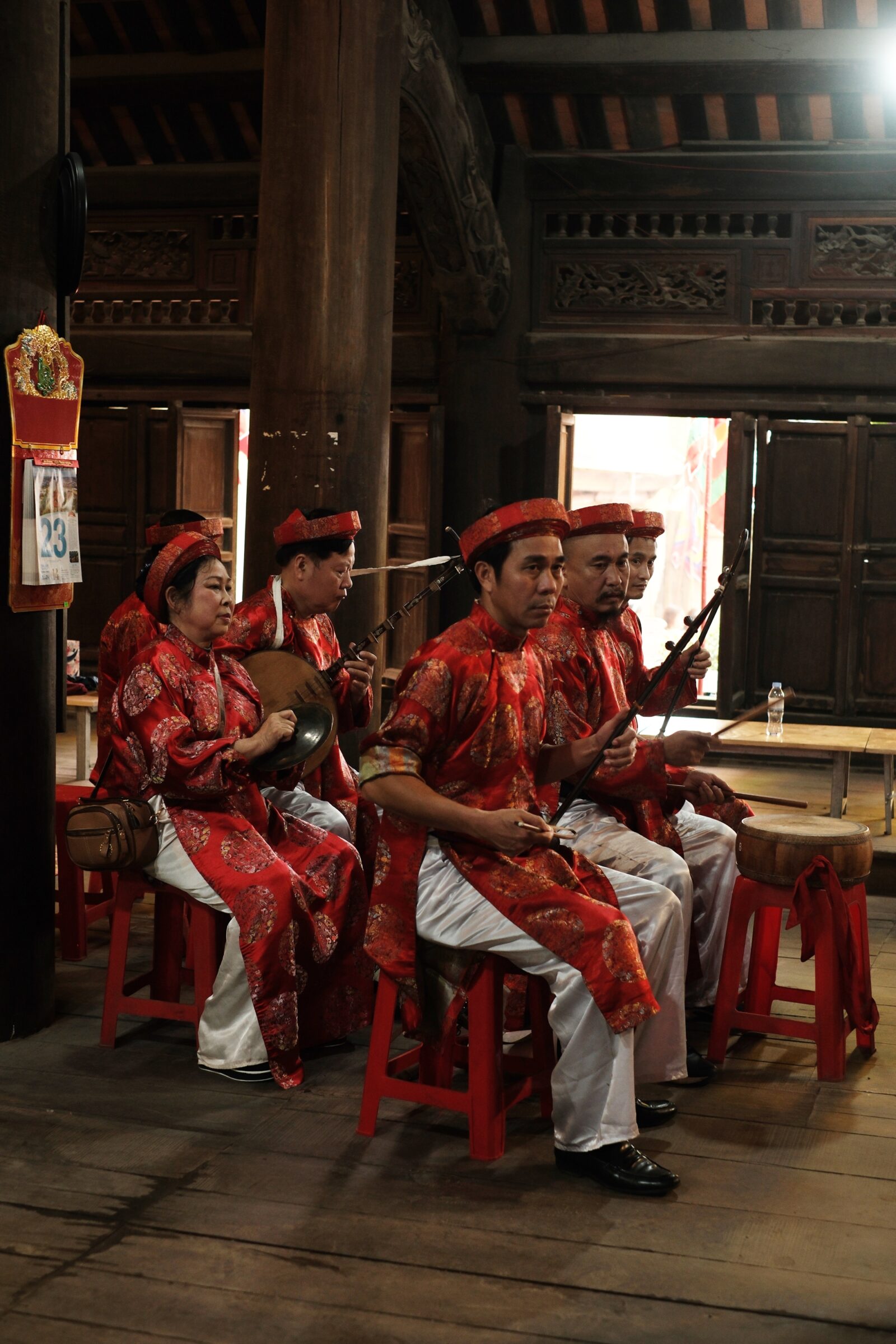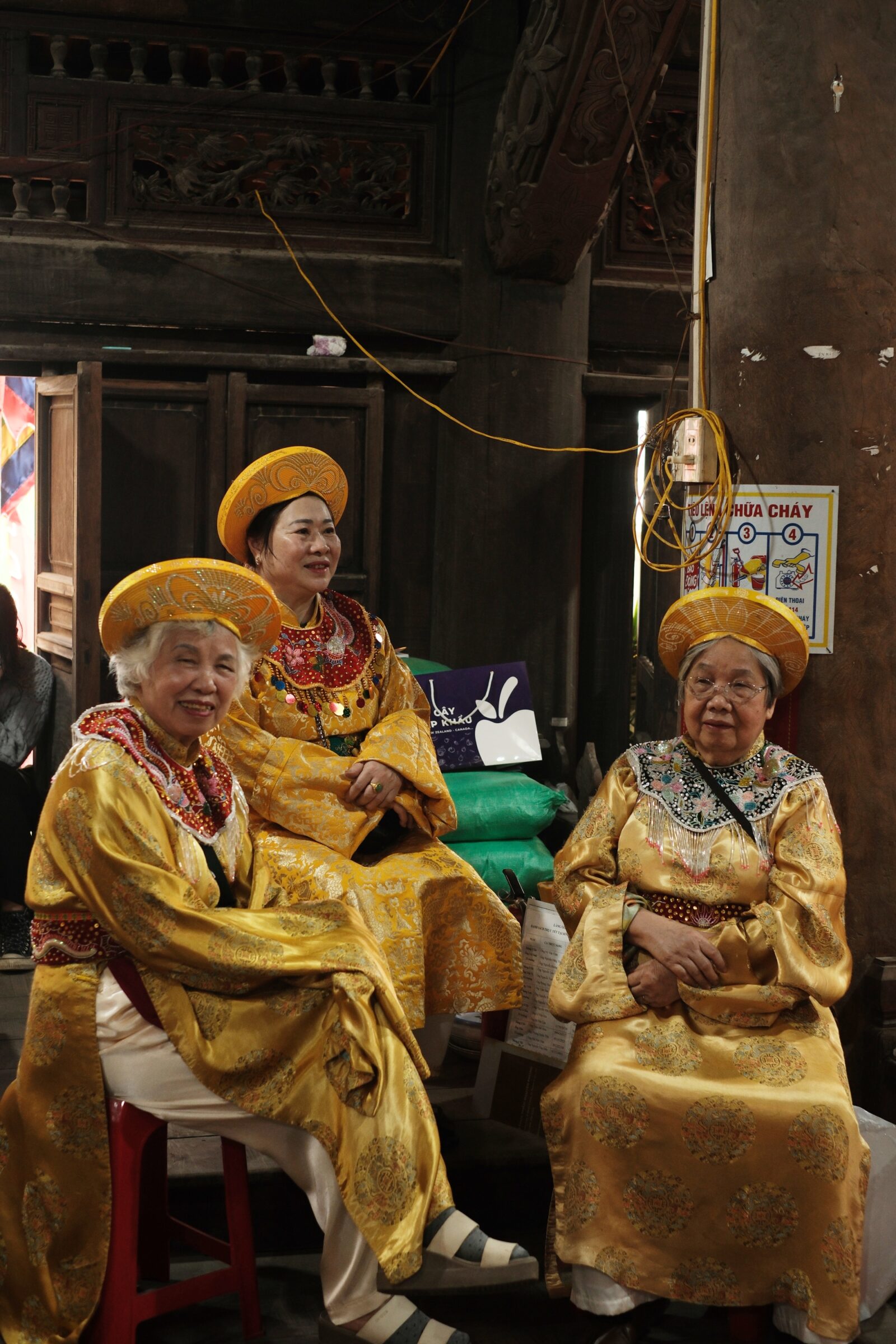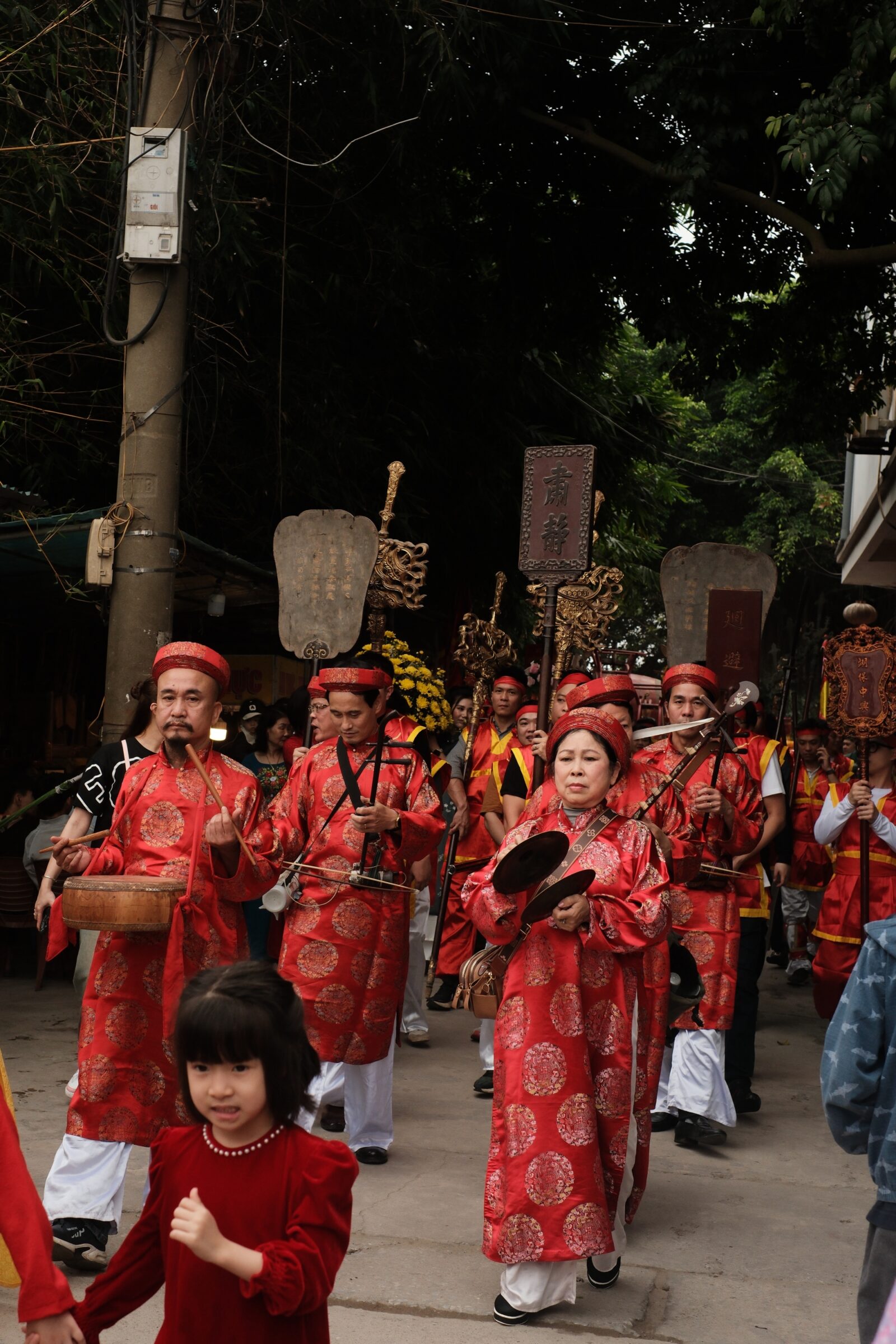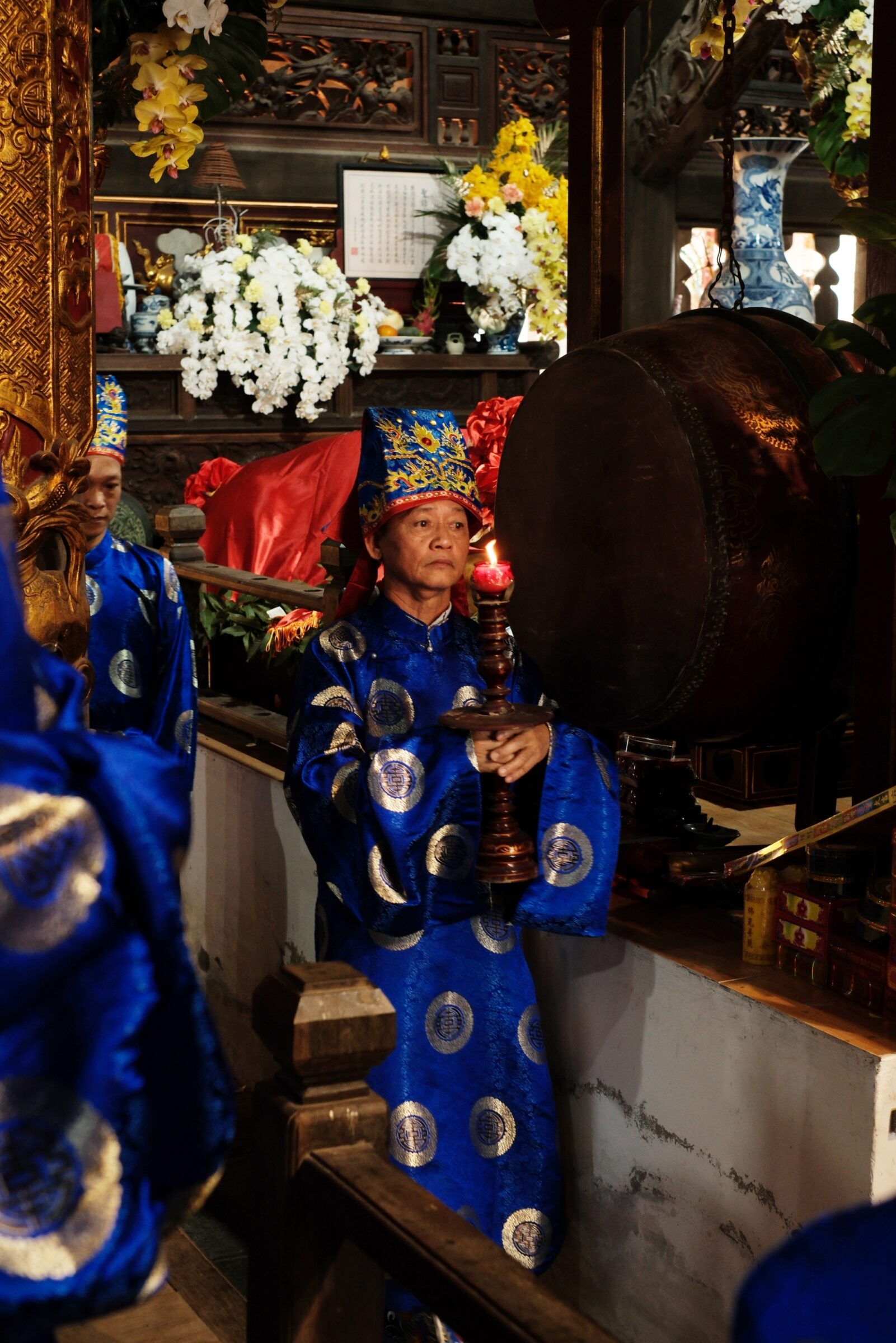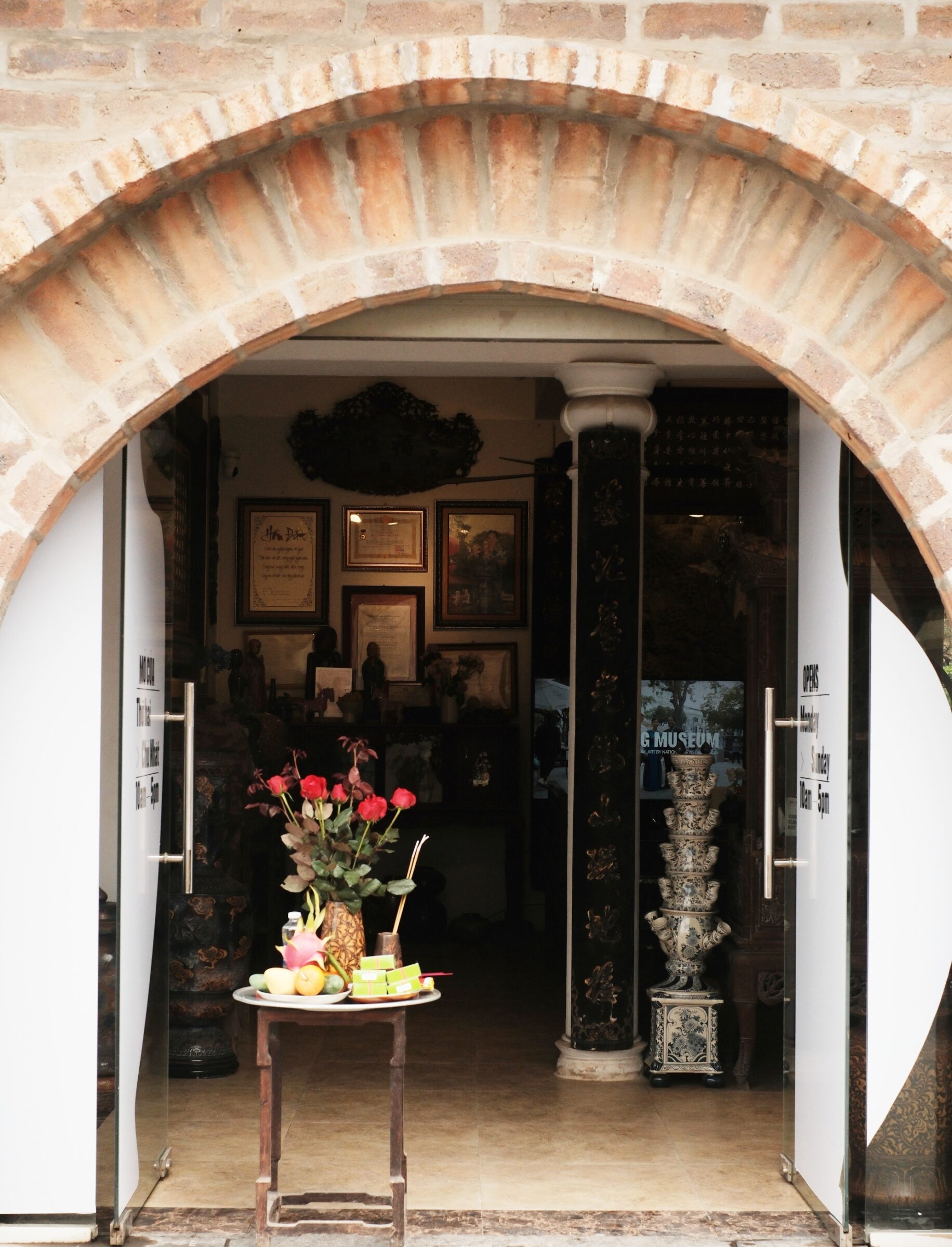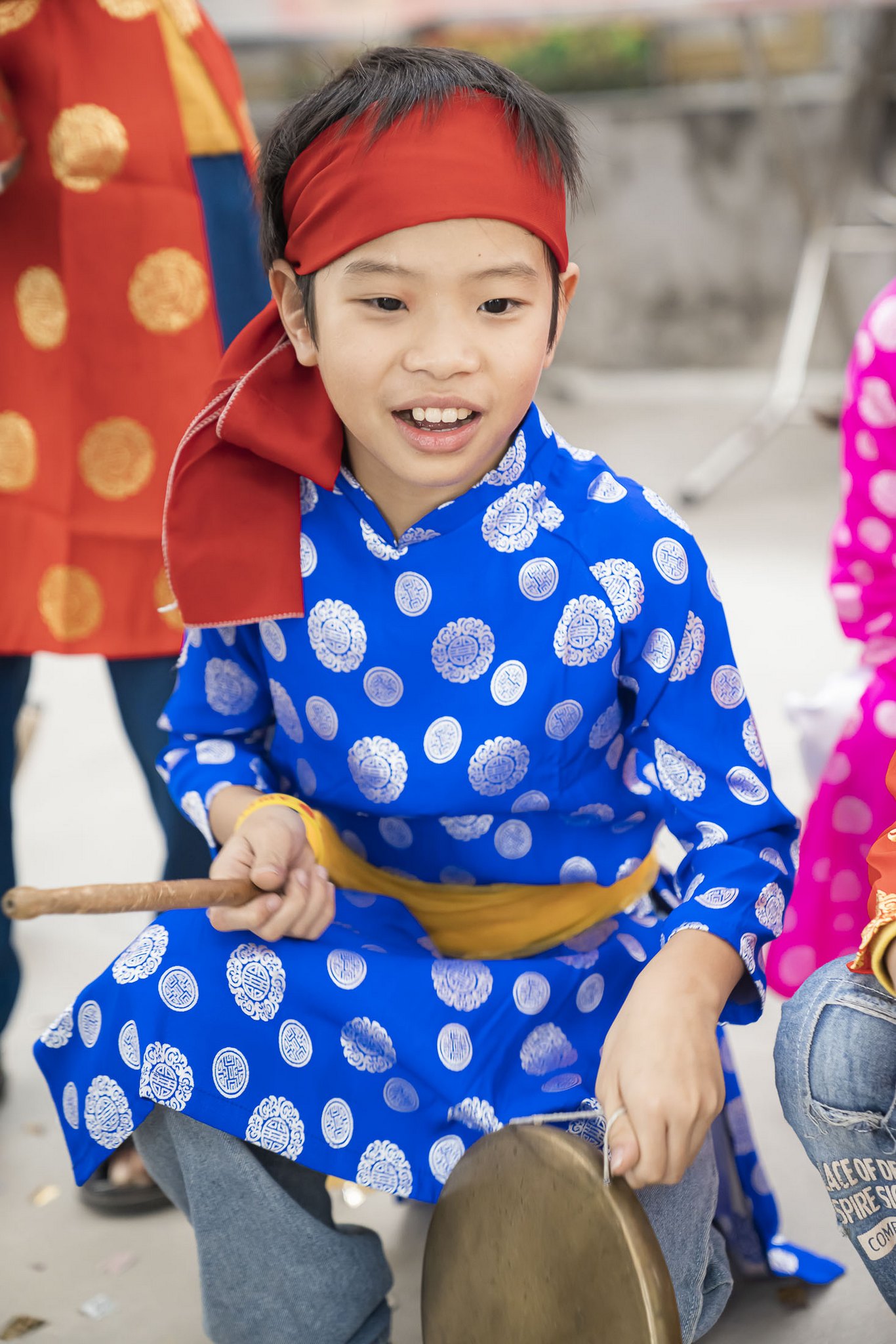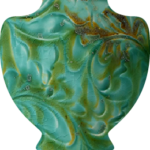In every country, traditional craft villages are more than just sites of artisanal heritage — they are living expressions of a nation’s cultural richness and diversity. However, under the pressure of historical changes and modern development, many once-renowned craft villages have faded, and with them, the intangible traditions they once held.
Nestled on the left bank of the Red River, Bát Tràng is a nearly 700-year-old village that has remarkably preserved its ancestral ceramic craft. Beyond its thriving pottery heritage, the annual Bát Tràng Village Festival — held in the second lunar month — remains a vibrant cultural event, blending village traditions, community faith, and local architecture.
*
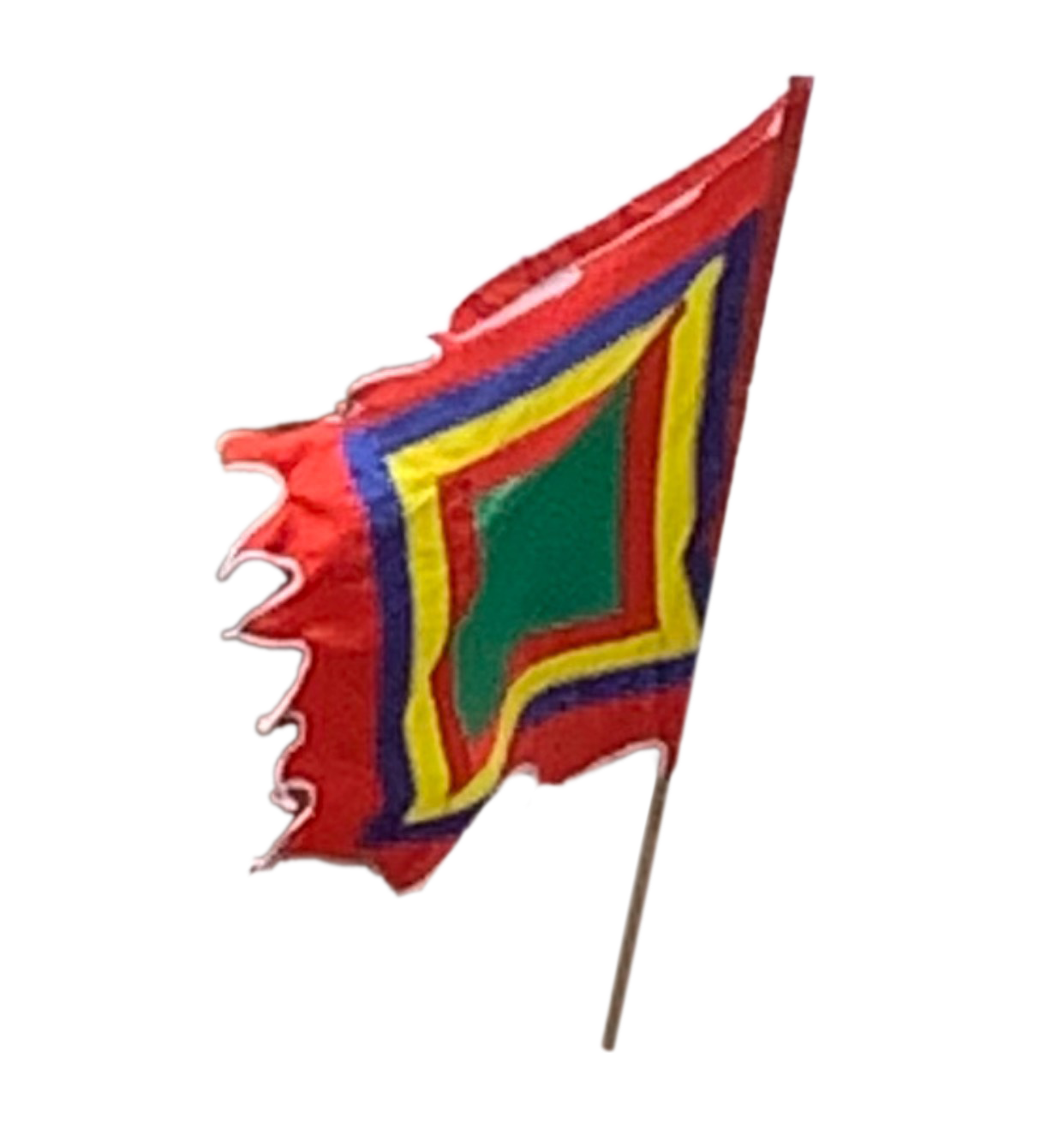

![[BT]_Logo_Short_NoBG_PNG](https://battrang.museum/wp-content/uploads/2024/03/BT_Logo_Short_NoBG_PNG-e1710482850795.png)
The Bát Tràng Festival honors both the founder who taught ceramics to the villagers and the tutelary deities credited with establishing the village. Celebrated from the 14th to 16th day of the lunar month, the festival features solemn rituals alongside festive games, preserving ancient Red River Delta customs.
Key ceremonies include the Water Procession and the Bathing of Ancestral Tablets. Unique to Bát Tràng is the “Tam Sinh” Procession, in which a symbolic offering of three animals — a young buffalo, a goat, and a piglet — is paraded. According to artisan Nguyễn Văn Hưng, the inclusion of a whole buffalo in the ritual traces back to an imperial decree from King Tự Đức, who bestowed upon the village the honorary words “Hiếu – Nghĩa – Cấp – Công” (Filial Piety – Righteousness – Readiness – Service), now inscribed and preserved in the village communal house.
On the final day, these offerings are respectfully distributed among villagers as communal blessings. As the procession winds through the streets, each household displays a ceremonial tray to honor the village’s founding ancestors.


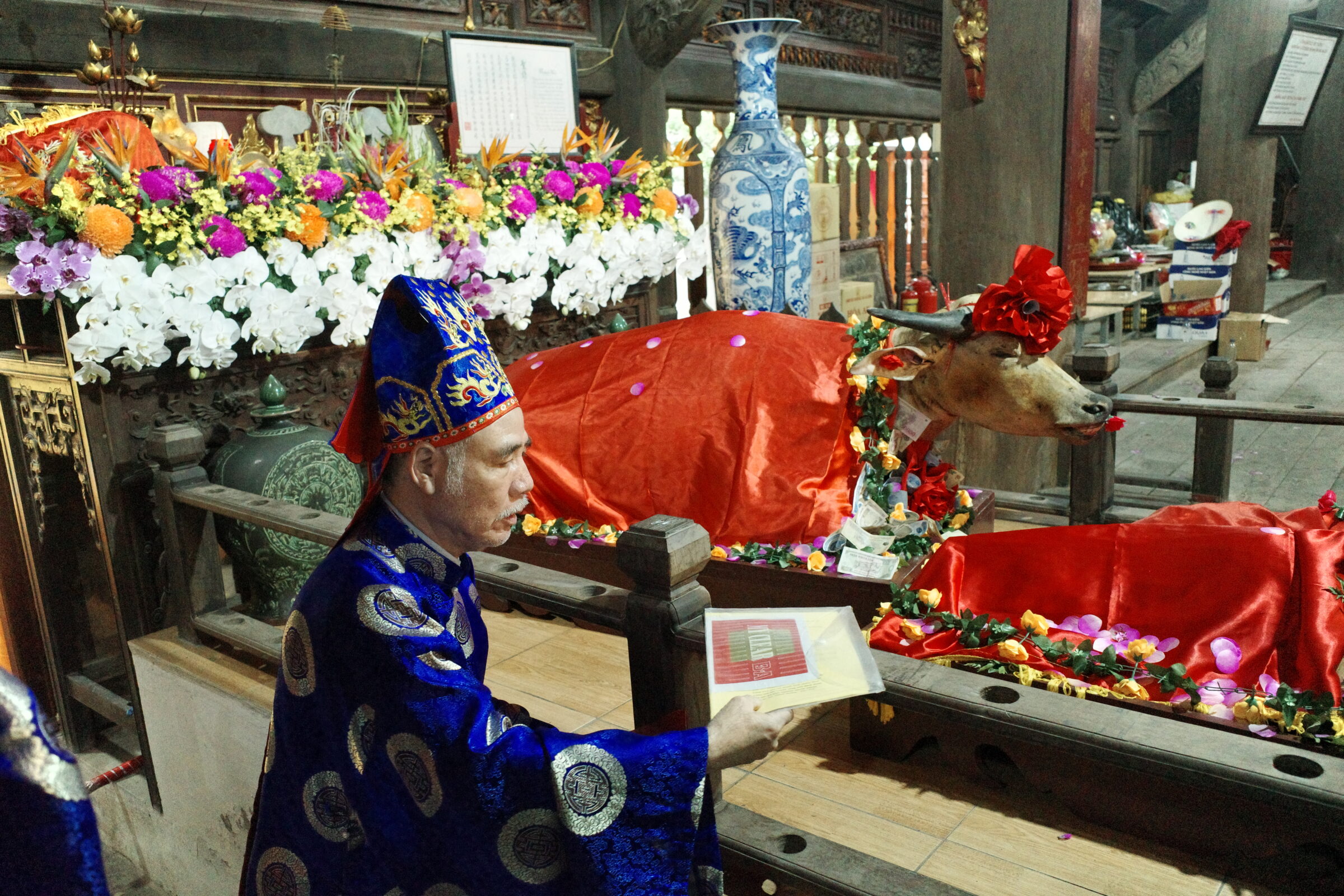
Traditional folk games such as human chess and ceremonial singing continue throughout the festival, drawing villagers and visitors alike.
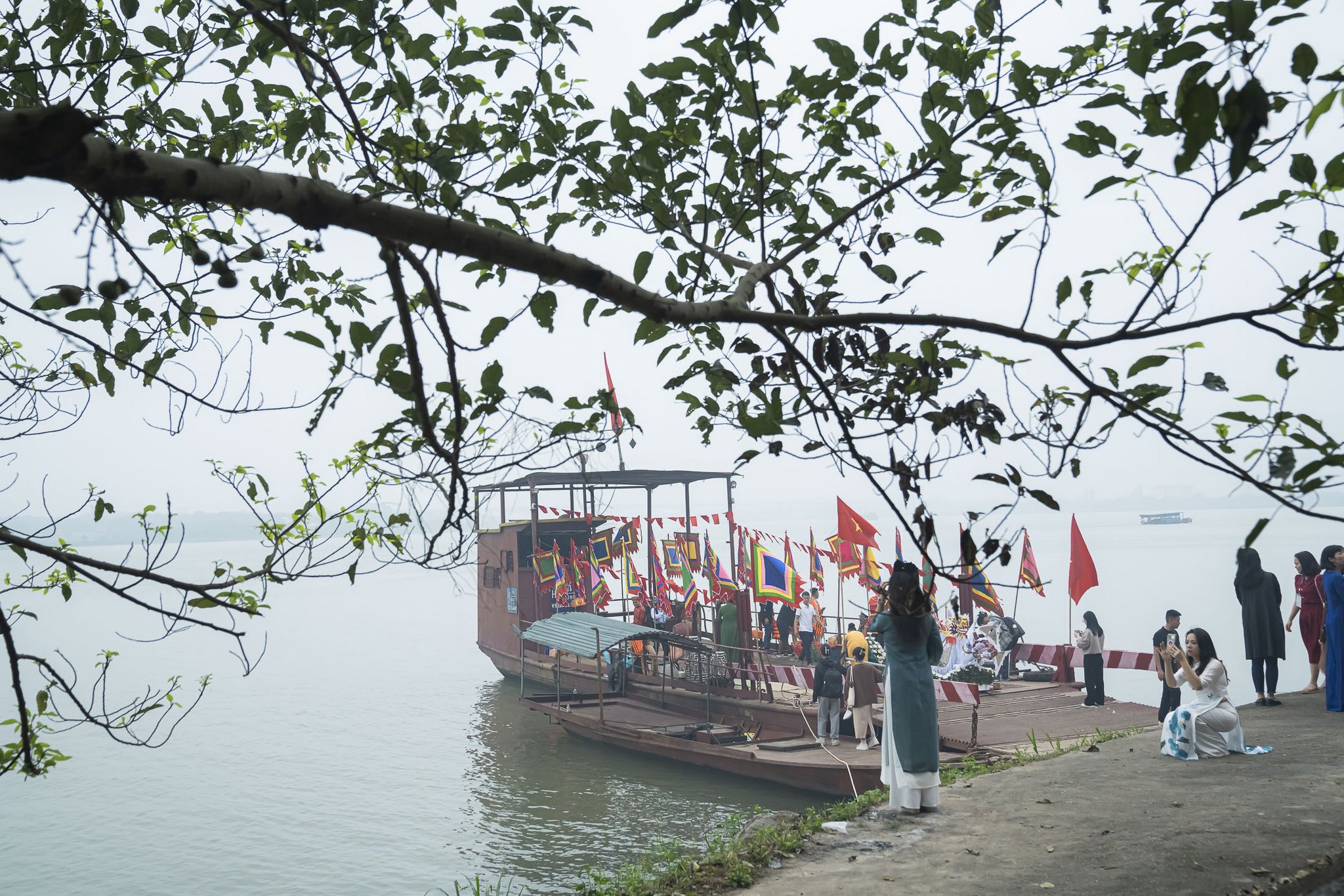
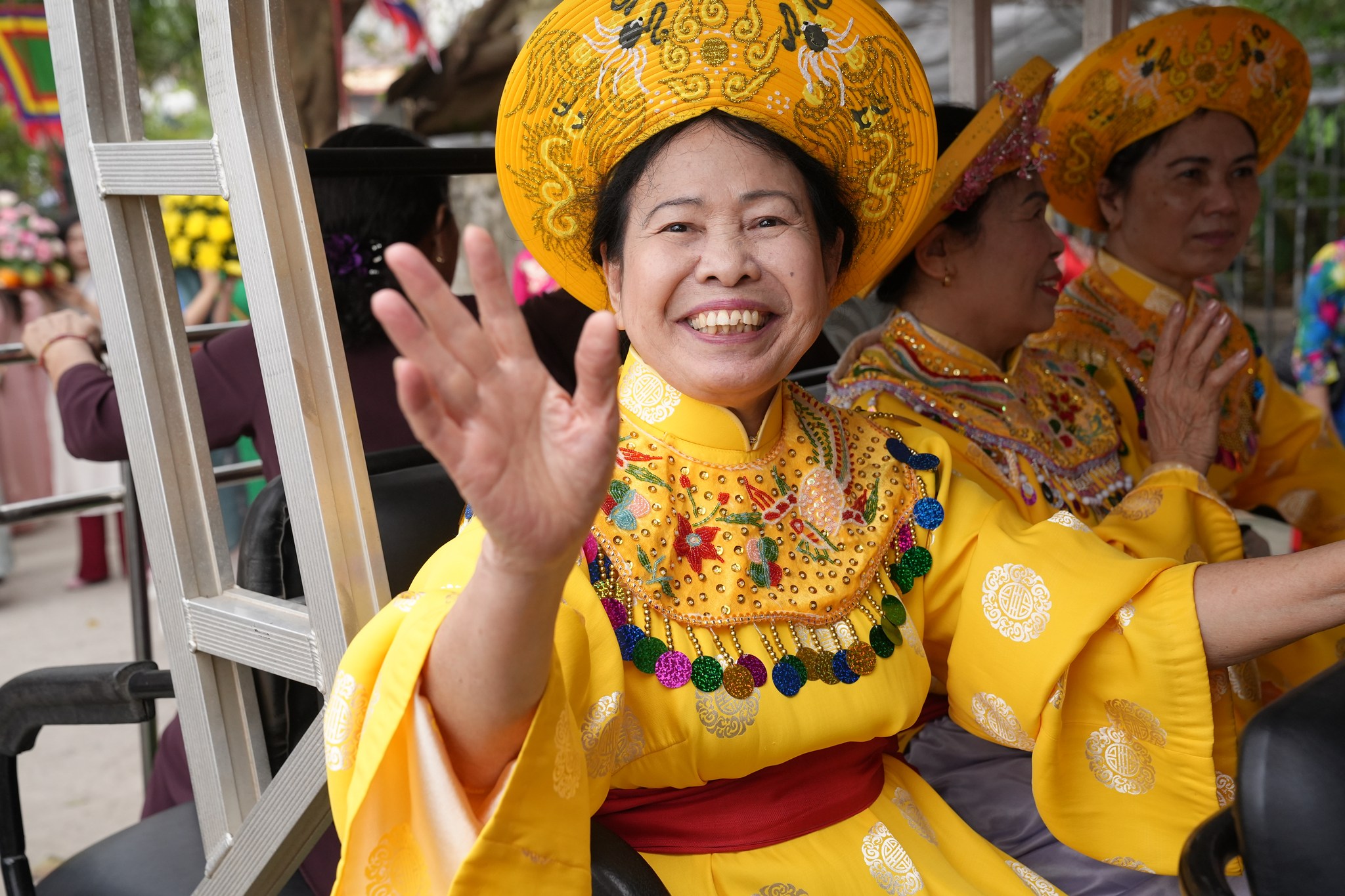
Beyond its renowned ceramic craft [1] and impressive historical architecture [2], Bát Tràng is also celebrated for its distinctive local cuisine—another reason why visitors flock to the village each year for the spring festival. The Bát Tràng ceremonial feast is more than a traditional meal; it’s a culinary experience that reflects the refinement and hospitality of the village’s people. Though the dishes themselves are familiar to the Red River Delta—such as bánh chưng (sticky rice cake), boiled chicken, mung bean sticky rice, sweet mung bean paste, and dried pork skin soup—they are meticulously arranged and prepared by renowned village cooks, turning everyday ingredients into a feast of rare allure.
What sets Bát Tràng’s feast apart are two unique dishes: bamboo shoot soup with dried squid, and stir-fried kohlrabi (a cabbage-stem vegetable) with squid—both of which have earned a legendary reputation in local culinary storytelling. During the festival’s final day, hundreds of these feast trays are laid out to welcome guests, extending from the communal house to the Mother Goddess temple, lining the Red River’s bank for over half a kilometer. It is a spectacular scene, offering visitors a rare multi-sensory journey into the spirit of the village.
According to the village elders, this traditional festival dates back to the very founding of Bát Tràng pottery village. Despite the passage of generations and changing times, its rituals have remained remarkably intact, embedded deeply in the villagers’ collective memory. Attending the festival today feels like stepping into a multi-dimensional cultural experience—one that fosters bonds between people, honors ancestral legacy, and reaffirms spiritual connections amid a rapidly changing society.
